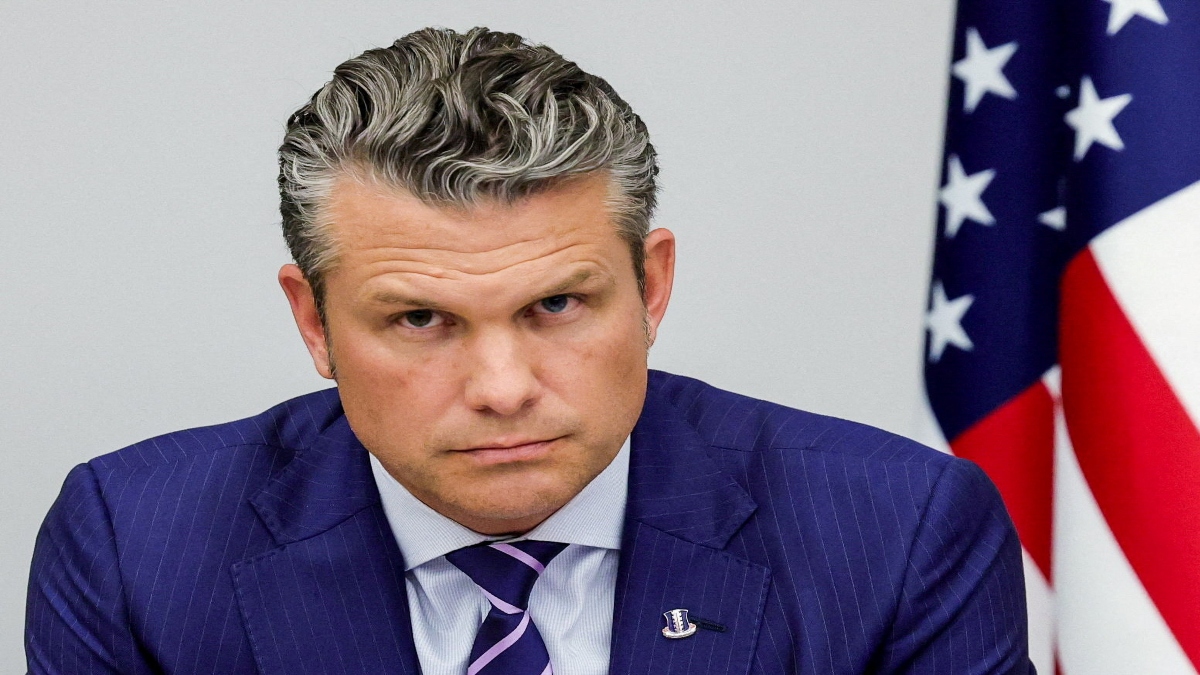Nasa has announced that an upcoming cargo resupplying mission to the International Space Station (ISS) will have on board a technology demonstration module called Raven. SpaceX will launch the module on board its cargo spacecraft. Raven will perch on the exterior of the ISS and track satellites. Nasa is maturing its capability to autonomously track multiple satellites in space, and allow for automatic rendezvous in space between two satellites. Raven is equipped with image sensors, a high speed processor and advanced algorithms. The engineers behind the project have started referring to the Raven as the “Three Eyed Raven” because of three imaging instruments on board, according to an article in The Verge. These are visible light, infrared and lidar sensors. The cargo resupply vehicle by SpaceX is known as Dragon, and the technology demonstration by Nasa is unofficially called the Three Eyed Raven, which together makes the entire undertaking heavy with references to the Game of Thrones television show_._ [caption id=“attachment_363187” align=“aligncenter” width=“640”]  The SpaceX Dragon. Image: SpaceX.[/caption] Nasa has developed servicing satellites that can increase the life span of satellites already in space. However, when the satellites were originally launched, there were no plans for servicing by other satellites, and hence there were no particular capabilities built for interfacing with satellites in space. The servicing satellites will have to use their own image recognition capabilities and tracking capabilities for establishing connections at high speeds. The servicing satellites carry tools and extra propellant. The lag in communications between Earth and the satellite is too much for accurately feeding in the commands necessary in the last few moments before the satellite interface, to make sure there is no damaging collision in orbit. The servicing satellite has to perform the maneuvers autonomously when it approaches the client satellite, and that too in real-time. Raven will demonstrate a relative navigation system, that will allow servicing satellites to approach and catch intended targets. [caption id=“attachment_363183” align=“aligncenter” width=“640”]  An artist’s concept of the Raven tracking spacecraft. Image: Nasa.[/caption] Ben Reed, deputy division director, for the Satellite Servicing Projects Division (SSPD) at NASA’s Goddard Space Flight Center in Greenbelt, Maryland, said “Two spacecraft autonomously rendezvousing is crucial for many future NASA missions and Raven is maturing this never-before-attempted technology.” Five days after launch by SpaceX, the Raven will be removed from the unpressurised trunk of the Dragon by the Dextre robotic arm and placed on an external payload platform of the ISS. The Raven will automatically swivel to image and track incoming and outgoing spacecraft to the ISS. During these manoeuvres, Nasa engineers will evaluate how the systems of Raven perform, and make adjustments to make Raven track spacecraft better. The Raven mission has a planned life span of two years.
The Raven mission is critical for Nasa missions for decades. One of the immediate uses of the Raven mission is the planned extension of the LandSat 7 satellite by the Restore-L service mission. The sensors on board Raven, machine vision algorithms, and the capabilities of the processor will all be advanced, and allow Nasa to implement autonomous rendezvous and docking for the Satellite Servicing Project Division (SSPD).


)
)
)
)
)
)
)
)
)



